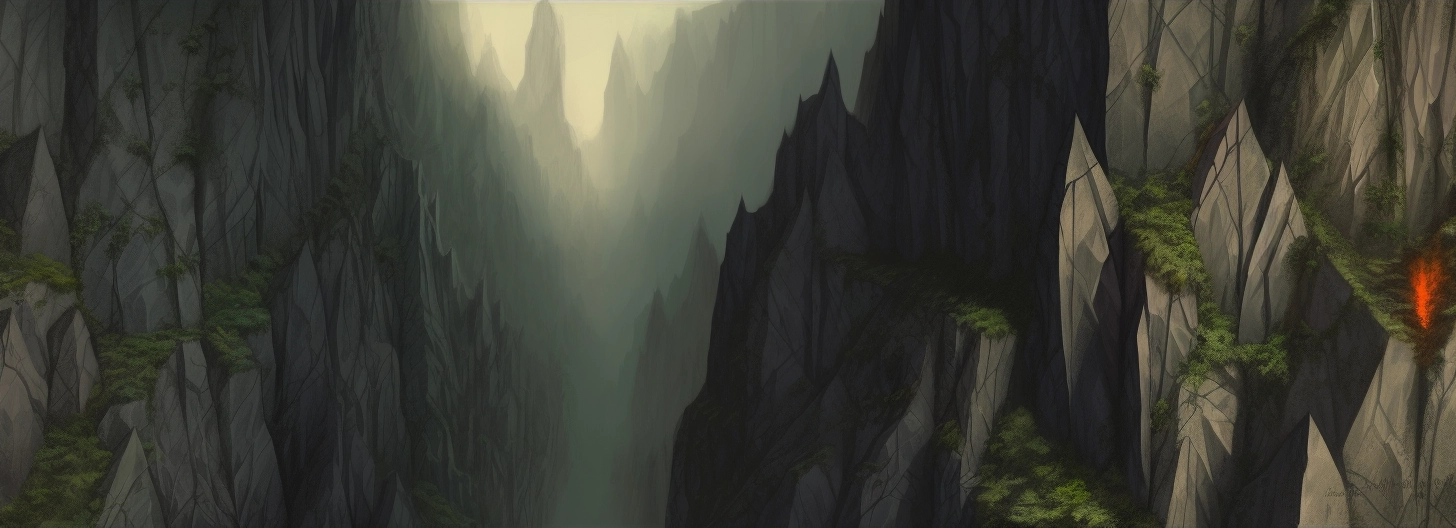


Let's use a small sample to demonstrate how the system works. We will be using NPCs as our example category and we will be breaking them down into a series of 9 blocks. In no particular order we have age, gender, species, height, hair, body type, eyes, features and voice. As each species has wildly different aspects such as lifespans and skin/eye/hair colours so generic terms are easy to work with and twist on the fly.
Using the age block as an example, select a number of options that suit you (I will be using three as it’s a condensed version but usually will use 5-6). This example will use young, adult and elderly - be sure to think of some synonyms because we will include some of these as well. We now have some data which I will lay out in the form of a table and list format like the below, giving us 14 different age related descriptors.
| AGE | |
|---|---|
| Young | Youthful, junior, child, teenage |
| Adult | Full grown, mature, of age |
| Elderly | Aged, old, veteran, senior |
Young, youthful, junior, child, teenage
Adult, full grown, mature, of age
Elderly, aged, old, veteran, senior
Imagine having a similar building block for each option and you can see how easy it is to pull everything together. Finding an efficient layout for the data is also very important, if data is too far apart then combining them is likely less smooth than we want it to be. This will heavily depend on what programs, if any, you are using to store your world information or DM screen info. A series of tables like the above might work for you in some situations, maybe a series of lists works better for your set up or something like a random generator could be used to give a unique description every time.
This method also works for describing locations and landmarks as well as creatures and general story telling moments where you want to set the scene for your players.
Putting these blocks in the correct order is also important to make your description flow correctly in the language you play in. You can learn more about how this works for english here.
An excellent tool for storing not only your DM screen but all of your world information is World Anvil. Sign up for a free account today and see how easy it is to worldbuild exactly how you want it. They also let you create fantastic, flexible random generators that could work perfectly for this topic.
If you like what you’ve read and want to learn more about how to master descriptions as well as other aspects of running the game you can check out the course page below.